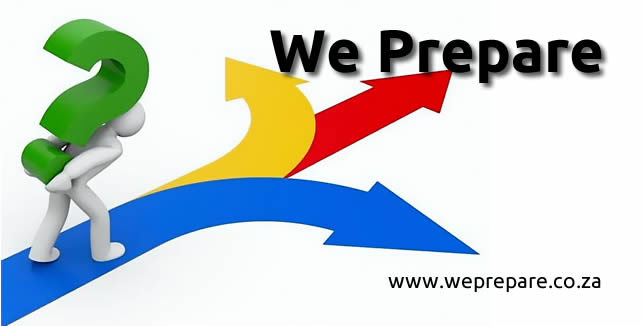Back to Kelvin Reynolds's Blog

The RST System Explained
RST System Explained
|
The RST System Explained The RST System of signal reporting has been in use for years as a method of reporting.
|
|
RST SYSTEM Guidelines |
||
|
Readability: |
Signal Strength: |
Tone: |
|
1 - Unreadable. |
1 - FAINT Signals, barely perceptible. |
1 - Sixty Hz AC or less, very rough and broad. |
|
2 - Barely readable, occasional words heard. |
2 - VERY WEAK signals. |
2 - Very rough AC, very harsh and broad. |
|
3 - Readable with great difficulty. |
3 - WEAK signals. |
3 - Rough AC tone, rectified but not filtered. |
|
4 - Readable with practically no difficulty |
4 - FAIR signals. |
4 - Rough note, some trace of filtering. |
|
5 - Perfectly readable |
5 - FAIRLY GOOD signals. |
5 - Strong ripple modulated. |
|
|
6 - GOOD signals. |
6 - Ripple modulated tone. |
|
|
7 - MODERATELY STRONG signals. |
7 - Trace of ripple on tone |
|
|
8 - STRONG signals. |
8 - Slight trace of ripple on tone. |
|
|
9 - VERY STRONG signals. |
9 - Perfect tone. |
